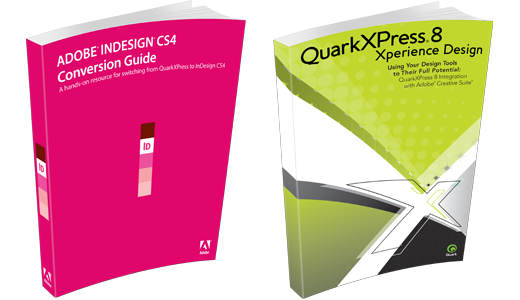
You thought the old InDesign vs. QuarkXPress rivalry was dead? In the past three months both Adobe and Quark have published free downloadable guides showing how their competitor’s customers can best work with their software.
Adobe: Quark to InDesign CS4 Conversion Guide (PDF)
Quark: QuarkXPress 8 Integration Guide for Adobe Creative Suite (PDF).
These are both well designed and useful guides. Interestingly they are both geared to QuarkXpress users. Adobe’s ebook helps you plan a migration and smooth your transition from QuarkXPress to InDesign CS4. While Quark’s ebook helps you stay with QuarkXpress, while integrating with the rest of Adobe’s Creative Suite applications.
Source: I ran across these books at different times on two of the best online resources for QuarkXPress and InDesign knowledge: PlanetQuark maintained by Jay Nelson of Design Tools Monthly. And InDesignSecrets founded by David Blatner and Anne-Marie Concepcion.

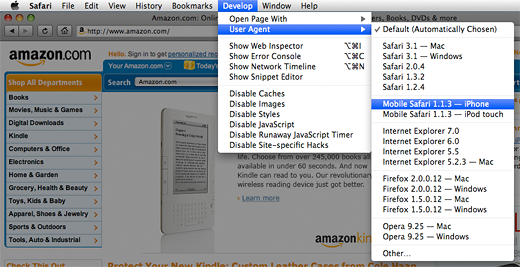

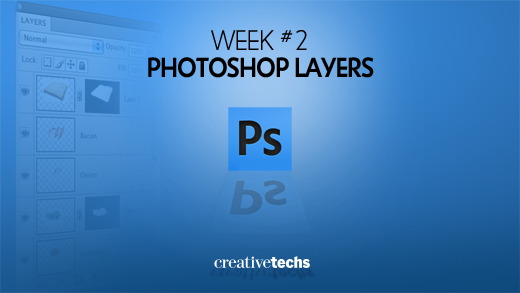
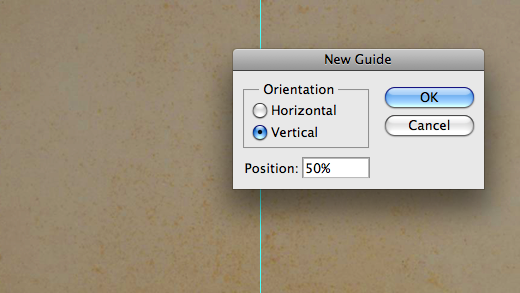
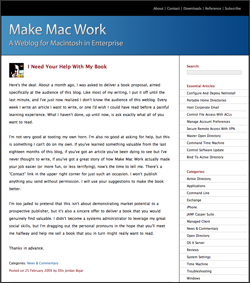 This is a bit off-topic from our tips format. I’d like to put out a request to the more technical readers in our audience. Our lead enterprise engineer, Jordan Bojar, has been asked to
This is a bit off-topic from our tips format. I’d like to put out a request to the more technical readers in our audience. Our lead enterprise engineer, Jordan Bojar, has been asked to 

